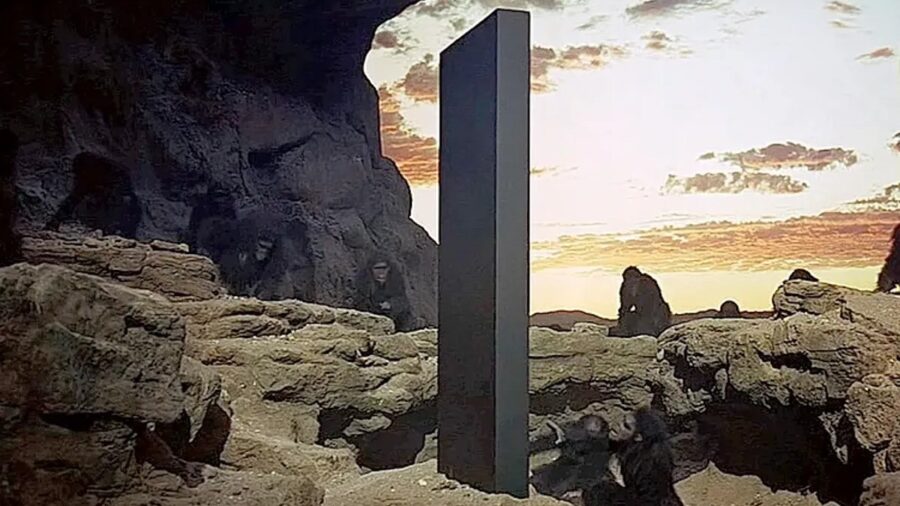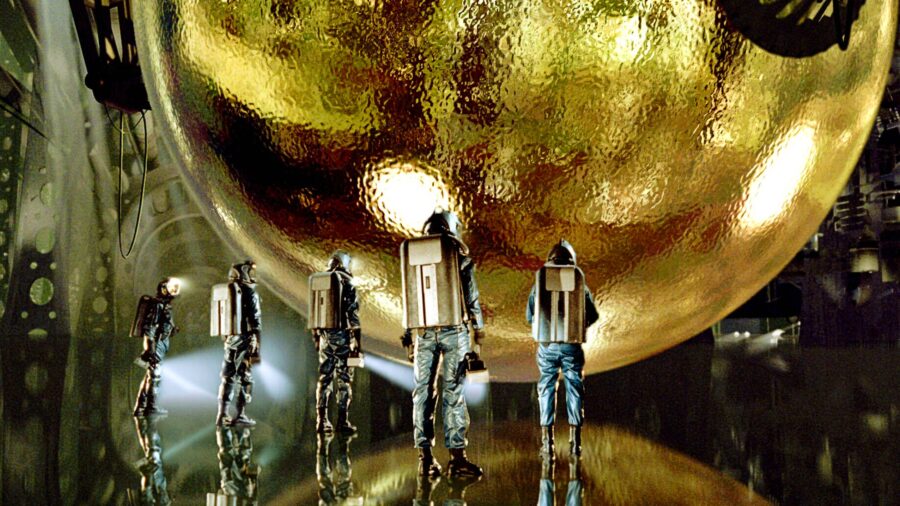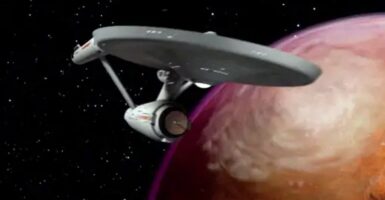First Alien Object On Earth Confirmed?

Avi Loeb, the head of Harvard University’s Galileo Project, has just achieved something no human on Earth has ever done before. He’s recovered the first known alien artifact. According to the physicist himself in a blog post on Medium, Loeb and his team have extracted and analyzed a bit of space rock that they believe came from outside of our solar system.
IM1, an interstellar meteor, landed in the Pacific Ocean nearly a decade ago, and now the alien object has been retrieved.
Nearly a decade ago, on January 8, 2014, a bright fireball in the sky signaled that something from outer space had just made its way through our atmosphere. Government satellites tracked the alien object, which became known as IM1, to its landing location somewhere in the middle of the Pacific Ocean, where it remained until Loeb and his colleagues recently extracted it for a scientific research project called Galileo.
With a dedicated team of scientists and cutting-edge technology at their disposal, they embarked on a quest to uncover the mysteries of IM1. There are many reasons for scientists to believe that IM1 is alien in nature, mainly due to the high speed the object was traveling before it crashed into Earth’s surface and its unique composition that is unlike anything we’ve seen before.
The interstellar origin of this mystifying object was established with an astonishing 99.999 percent confidence, as confirmed by velocity measurements conducted by US government satellites and formally recognized by the US Space Command.
A collection of 700 small alien spherules was recovered from the IM1 crash site, confirming its extraterrestrial origin.
Prior to entering our solar system, the alien meteor IM1 hurtled through space at an astonishing speed of 60 kilometers per second, faster than 95 percent of all stars in its vicinity. Its resilience during entry, maintaining structural integrity at an impact speed of 45 kilometers per second, surpassed all 272 space rocks documented by NASA’s CNEOS meteor catalog, including the rare iron meteorites.

To study IM1 further and determine exactly what this meteor from outside our solar system is like, the members of the Galileo Project collected and began analysis of 700 spherules retrieved from IM1’s crash site. These tiny marbles, measuring between 0.05 and 1.3 millimeters in diameter, displayed a unique composition pattern of elements never before seen within our solar system. This is just one more sign that this unique find is indeed an alien rock.
The composition of the spherules from the IM1 site confirms its alien nature, as no object on Earth has that strange assortment of elements.
The composition analysis of these spherules, conducted across four esteemed laboratories at Harvard University, UC Berkeley, the Bruker Corporation, and the University of Technology in Papua New Guinea, revealed a distinctive abundance pattern. Dubbed “BeLaU,” this pattern exhibited significant enrichment in Beryllium (Be), Lanthanum (La), and Uranium (U) while featuring a scarcity of elements with high affinity to iron, such as Rhenium (Re).
This remarkable composition pattern hinted at an alien origin for IM1 and suggested the possibility of evaporative losses during its passage through Earth’s lower atmosphere.
IM1 represents the first known sample of an object from beyond our solar system to be analyzed by scientists. The “BeLaU” spherules found exclusively near IM1’s path provide compelling evidence for an interstellar origin, supported by iron isotope ratios and a deviation from typical solar system compositions. These findings open the door to learning more about the universe than we’ve ever had the opportunity to study before.












